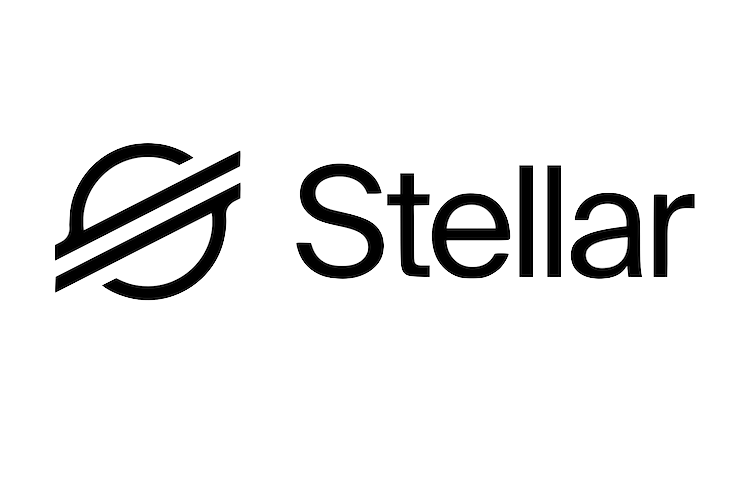
Litecoin
Litecoin is a peer-to-peer cryptocurrency designed for instant, low-cost payments worldwide with efficient mining on consumer hardware.
Overview
Litecoin is an open-source, decentralized cryptocurrency created in 2011 as a faster and more efficient alternative to Bitcoin. It enables instant, near-zero cost payments globally without reliance on central authorities. The network is secured by mathematics and cryptography, empowering users to control their own finances. Litecoin's blockchain processes transactions more quickly than Bitcoin due to a shorter block generation time, allowing merchants to receive faster confirmations while maintaining security for larger transactions.
The Litecoin network supports mining with consumer-grade hardware, making it accessible to a broad range of participants. It currently produces 6.25 new litecoins per block, with a total supply capped at 84 million coins, four times Bitcoin's maximum. Wallet encryption features protect users from unauthorized spending and malware threats. Litecoin's open-source software is released under the MIT/X11 license, allowing developers to run, modify, and distribute the code freely.
Developers and enterprises can integrate Litecoin for payment processing, leveraging its proven liquidity and industry support. The network's scalability and efficiency make it suitable for commerce applications requiring fast settlement. Getting started involves downloading Litecoin Core or compatible wallets like Electrum Litecoin or Nexus Wallet for Android. Comprehensive documentation and community support are available through Litecoin Wiki, forums, and developer channels.
The Problem
Traditional payment systems and some cryptocurrencies face challenges with slow transaction times, high fees, and limited accessibility for everyday users. Many blockchains require specialized hardware for mining, limiting decentralization and participation.
The Solution
Key Features
Decentralized Peer-to-Peer Network
No central authority controls Litecoin, ensuring censorship resistance and user sovereignty.
Wallet Encryption
Protects users from unauthorized spending and malware by requiring a password to send funds.
High Supply Cap
Maximum supply of 84 million litecoins, four times Bitcoin’s supply, supporting liquidity.
Key Strengths
How Developers Use Litecoin
Fast Merchant Payments
Merchants use Litecoin to accept payments with faster confirmation times and low fees.
Accessible Mining
Individual miners use consumer hardware to participate in securing the network and earning rewards.
Cross-Border Remittances
Users send near-instant, low-cost payments internationally without intermediaries.
Works Well With Ethereum
Ethereum Binance Smart Chain
Binance Smart Chain Avalanche
Avalanche Fantom
Fantom




Power your next build
Discover trusted tools and services in the QuickNode Marketplace. Everything you need to launch faster and scale smarter.
Litecoin Alternatives
Explore web3 competitors and apps like Litecoin.

Sunrise DA
Sunrise is a next-generation Layer 1 blockchain combining high-throughput data availability with a native liquidity hub.

Injective
Injective is a high-performance Layer 1 blockchain built for Web3 finance, offering low fees, cross-chain interoperability, and scalable infrastructure for DeFi applications.

Polkadot
Polkadot is a scalable, secure, and resilient Web3 platform enabling developers to build custom blockchains and interoperable applications with shared security and seamless connectivity.

Oasis
Oasis is a privacy-first, scalable Layer 1 blockchain with a confidential Ethereum Virtual Machine (EVM) enabling confidential smart contracts and verifiable off-chain computation.

Hedera
Hedera is a public, open-source, proof-of-stake distributed ledger platform offering fast, secure, and low-cost decentralized network services.

Kusama
Kusama is a permissionless, fully sovereign Layer 1 blockchain designed as a fast-moving experimental environment for Web3 innovation and bleeding-edge technology.

ZetaChain
ZetaChain is a Layer 1 blockchain enabling universal omnichain apps with native access to Bitcoin, Ethereum, Solana, and more.

Cosmos
Cosmos is a modular, interoperable blockchain ecosystem designed to build sovereign app-specific blockchains and enable secure cross-chain communication.

Stellar
An open-source, decentralized blockchain platform designed for fast, low-cost payments, asset tokenization, and scalable DeFi applications.

Theta
Theta Network is a decentralized blockchain platform focused on video delivery, edge computing, and smart contract support.
Pricing
Free | |
|---|---|
| Price (Monthly) | Free |
| Price (Annual) | Free |
| Messaging | N/A |
| Support | Community support via forums, Telegram, Reddit |
| Analytics |
Resources
Litecoin offers extensive community and developer resources including official documentation, forums, block explorers, and open-source code repositories to support integration and development.